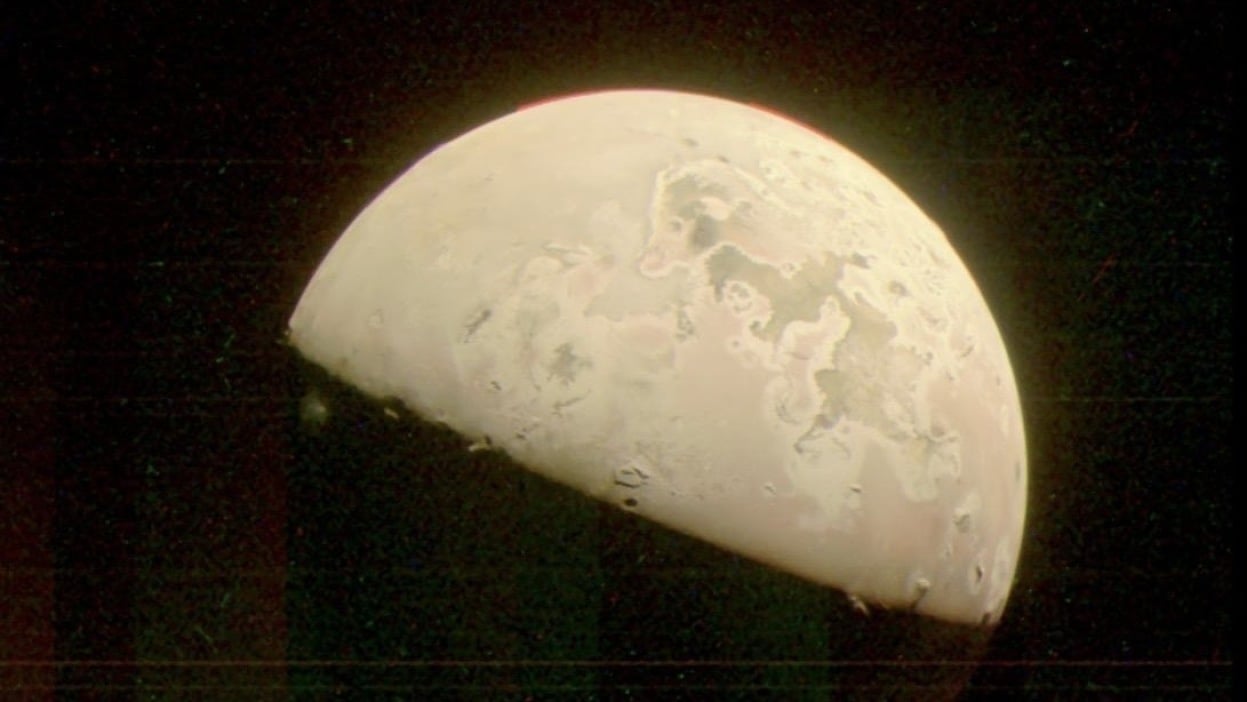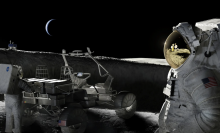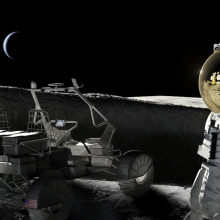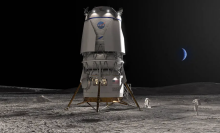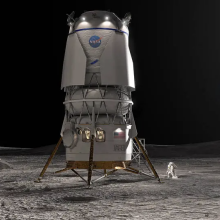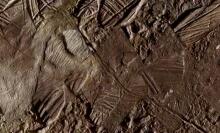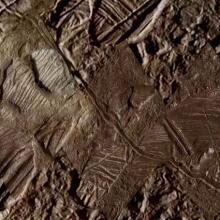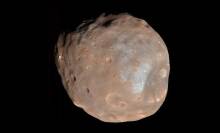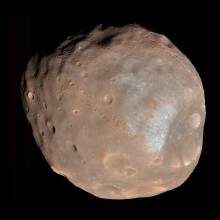Scientists have never actually seen a moon orbiting a planet other than the ones in this solar system. An exomoon, a companion to an exoplanet, likely would be too tiny and far away for telescopes to resolve.
But a new NASA study may have found a clue that one is orbiting a planet some 635 light-years from Earth. The inference comes from a vast sodium cloud spotted in space. Whatever is causing it produces about 220,000 pounds of sodium per second.
The research suggests a rocky moon circling exoplanet WASP-49 b, a Saturn-sized gas giant discovered in 2017, is the source. That could mean the distant world is accompanied by a moon like Jupiter's Io — a highly volcanic place, blasting out its own massive cloud of gasses 1,000 times wider than Jupiter.
"The evidence is very compelling that something other than the planet and star are producing this cloud," said Rosaly Lopes, a planetary geologist who co-authored the study, in a statement. "Detecting an exomoon would be quite extraordinary, and because of Io, we know that a volcanic exomoon is possible."
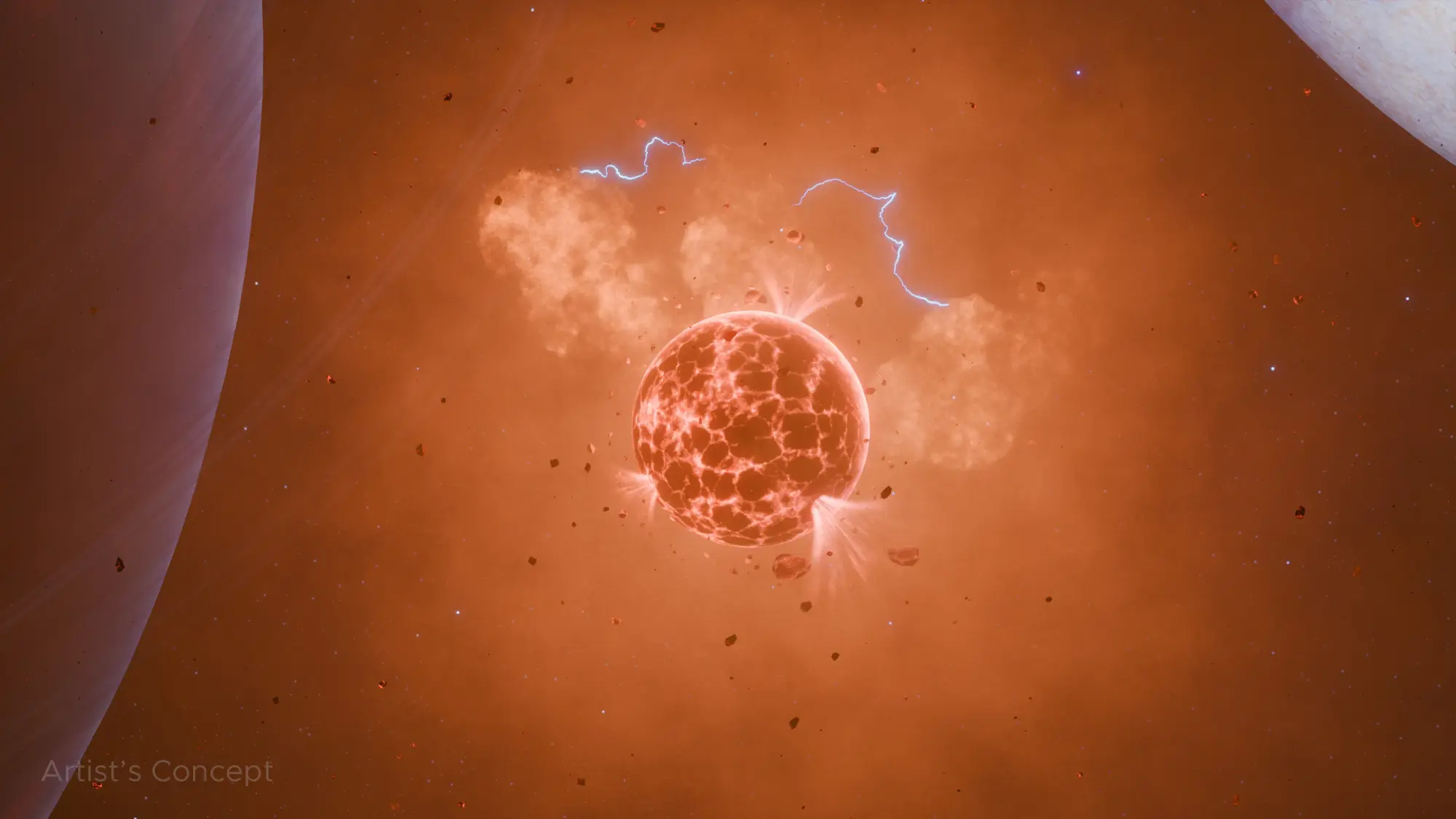
This is not the first time astronomers have suspected an exomoon was lurking in their data. There have been exomoon candidates discovered in the past, though confirming their existence is much more difficult. Scientists such as Apurva Oza, once a postdoctoral researcher at NASA’s Jet Propulsion Laboratory, are interested in finding unconventional ways to detect them for what they could represent: Moons throughout the galaxy could also potentially offer habitable conditions for life, even if their host planets don't.
That's why Oza wanted to return to studying WASP-49 b to further investigate the source of its bewildering cloud. Researchers used a ground-based telescope to observe the silhouettes of the cloud and the exoplanet as they passed in front of the host star.
At one point, they noticed that the cloud was moving faster than WASP-49 b and away from Earth. If the cloud were coming from the exoplanet, they figured they would have seen it moving toward Earth. The observation led them to conclude that the cloud was coming from a separate source, according to the paper recently published in Astrophysical Journal Letters.
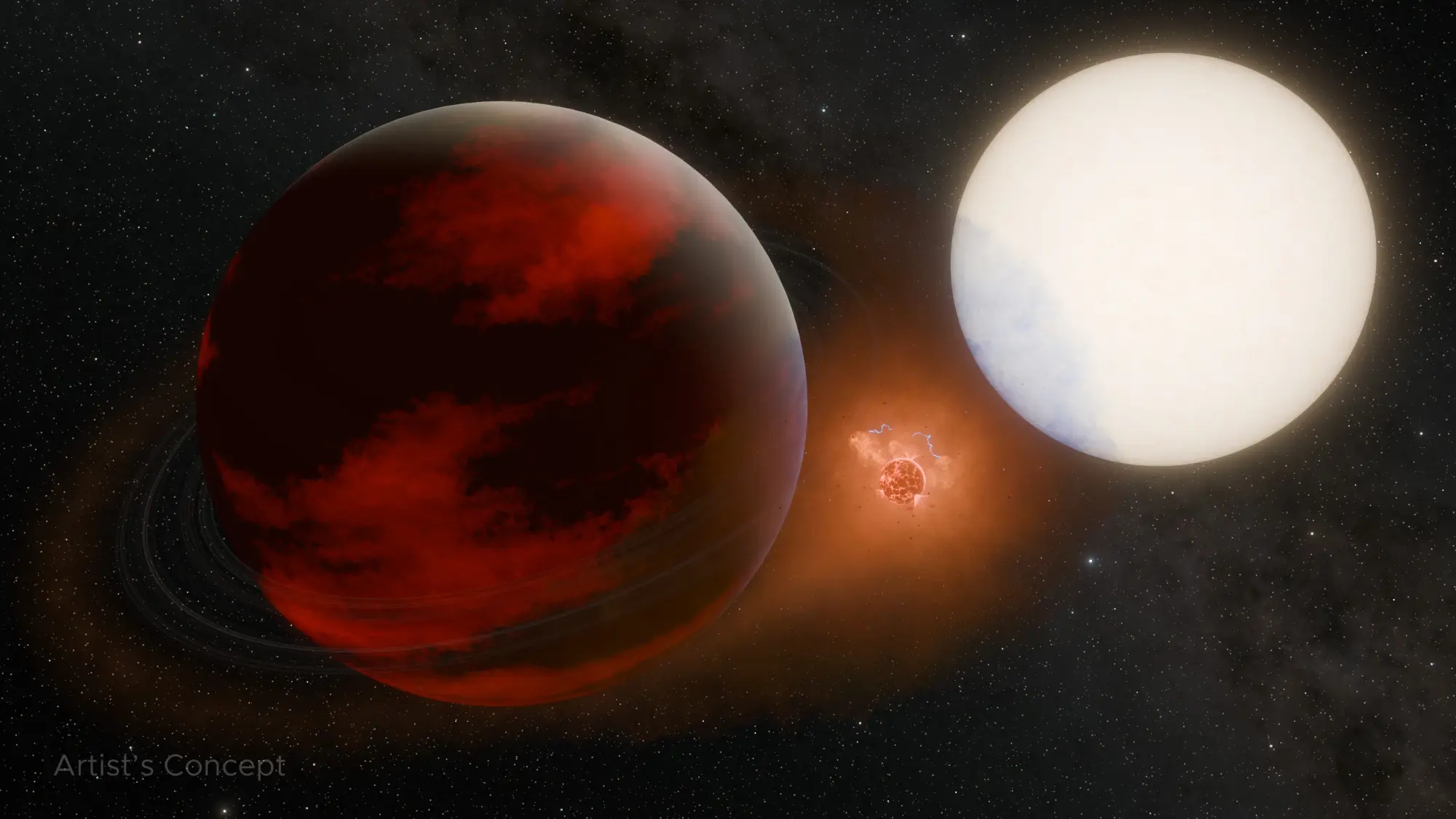
"We think this is a really critical piece of evidence," said Oza, a staff scientist at Caltech and the lead author, in a statement. "The cloud is moving in the opposite direction that physics tells us it should be going if it were part of the planet’s atmosphere."
The team's research provided other clues that an exomoon was making the cloud. Both the planet and the star are mostly made of the lightest elements, hydrogen and helium, with hardly any sodium. Seemingly neither has enough to be responsible for the cloud. Scientists also used the European Southern Observatory’s Very Large Telescope in Chile to see that the cloud hovers high above the exoplanet's atmosphere — just like the cloud Io envelops around Jupiter.
Next the team developed computer models to see if an exomoon could be the cloud's catalyst. Their simulations found that a moon with a snug eight-hour orbit around the planet could explain the cloud's motion — the way it seemed to sometimes drift in front of the planet and how it didn't appear to be tied to any particular region of the alien world.

Scientists can't say anything definitive about the exomoon because it's just a candidate. But here's what astronomers know about Io, the third-largest Jovian moon out of 95. Io is the most volcanic world in the solar system. Astronomers believe hundreds of volcanoes spew fountains that reach dozens of miles high.
Jupiter's gravity squeezes Io's core as the moon moves closer, then slackens as it moves farther away. This swelling and contracting causes Io's interior to heat up, triggering tidal volcanism.
Scientists will need to continue observing this cloud to confirm its behavior, so the team is likely a long way from knowing with certainty if they have proof of an exomoon. Still, the results are thrilling for Oza, who believes looking for gas clouds — perhaps an order of magnitude larger than their source — could be an indirect method of finding habitable moons in other star systems.
Topics NASA
